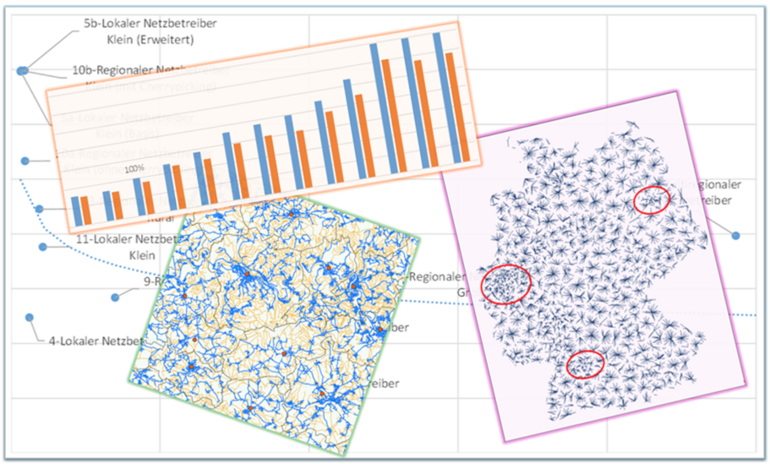Fixed network infrastructures and technologies form the backbone of telecommunications. They bring together the multitude of existing access networks and technologies on a transport and service platform that is today largely integrated. In addition to the various access technologies (xDSL, coaxial cable, x.PON or Ethernet-based fibre-optic access networks, fixed-mobile access or directional radio links), technologies such as Software Defined Networks (SDN) and Network Function Virtualisation (NFV) represent current challenges. We support decision-makers in understand the implications of technological and market developments and help to generate relevant insights for the decisions to be made by our clients. For this purpose, we use, among other things, the GIS-based network planning and cost models we have developed.



![[Translate to English:] Dr Gabriele Kulenkampff](/fileadmin/_processed_/3/3/csm_Gabi-Kulenkampff_195c6a15d3.jpg)
![[Translate to English:] Professor Bernd Sörries](/fileadmin/_processed_/c/7/csm_bd1799e9_klein_9e488ded6f.jpg)





